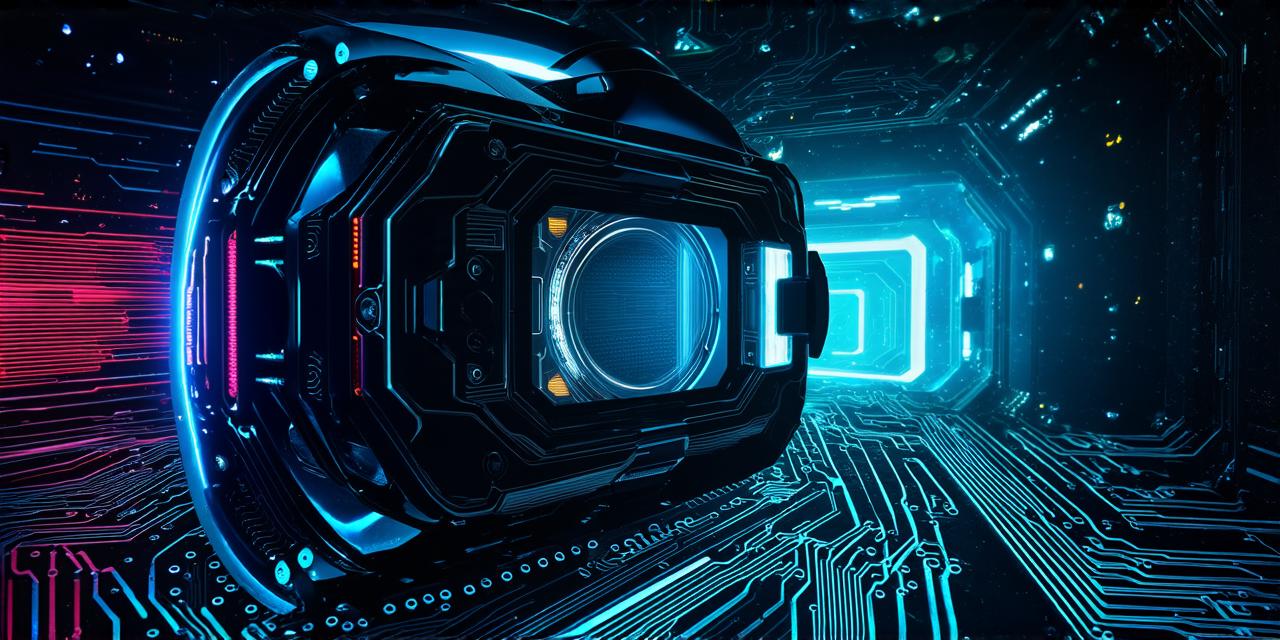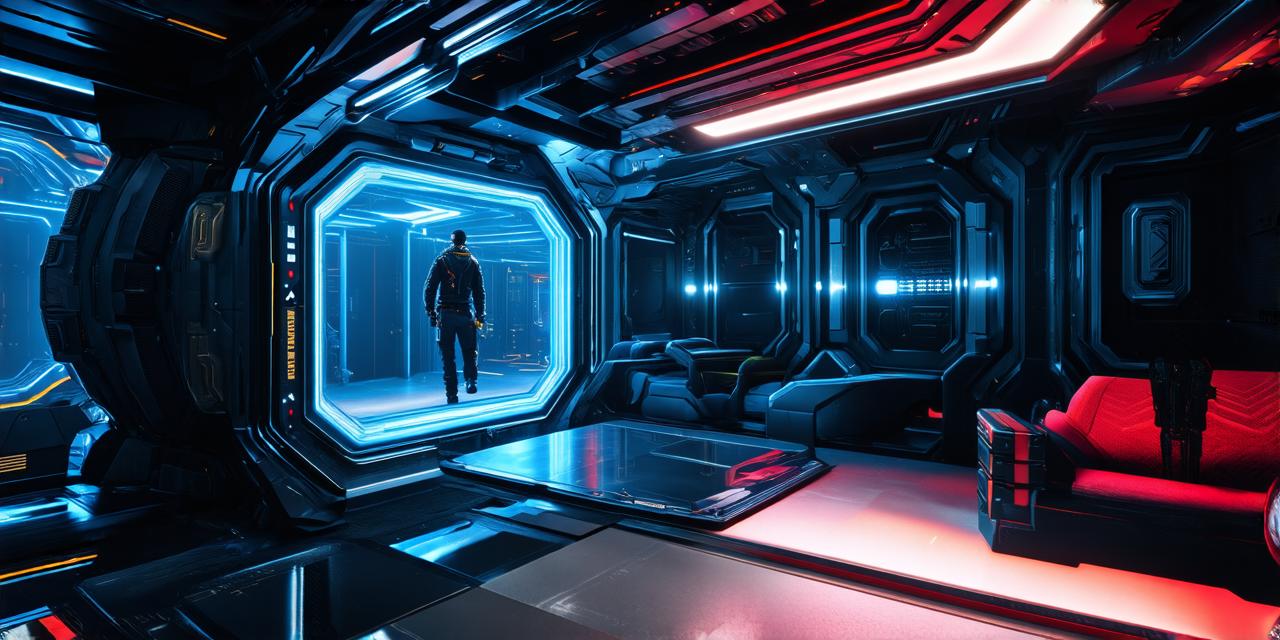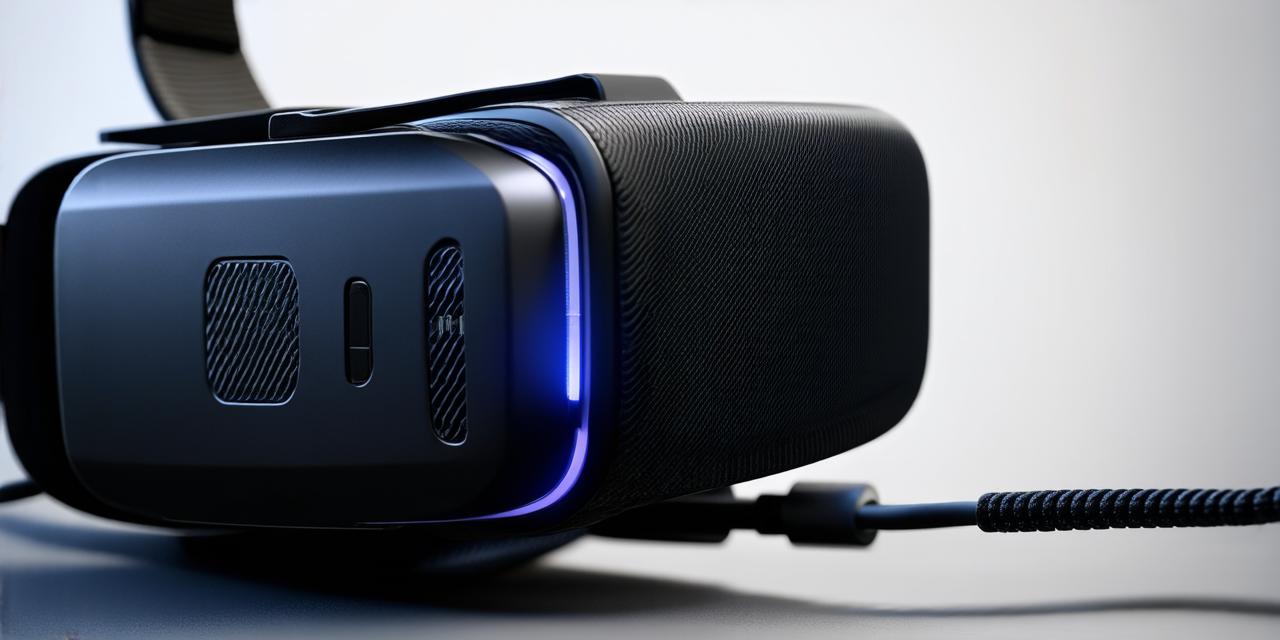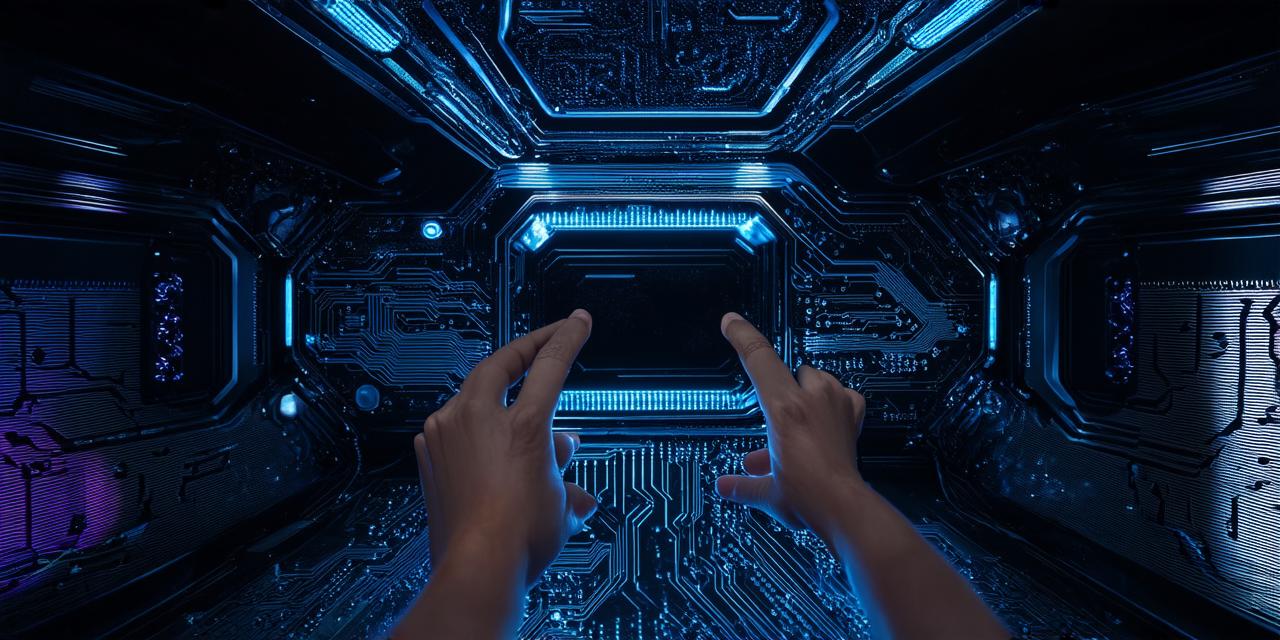Key Components of Virtual Reality Games
Virtual reality games are made up of several key components that work together to create an immersive experience for the player. These include:
- Hardware: VR hardware includes the headset, controllers, sensors, and tracking systems that allow users to interact with the virtual environment.
- Software: VR software includes game engines, programming languages, and tools used to create the game’s content, logic, and user interface.
- Content Creation: VR content creation involves designing the virtual environment, characters, objects, and other elements that make up the game world.
- Optimization: VR games require careful optimization to ensure they run smoothly and provide a seamless experience for the player. This includes optimizing graphics, audio, and performance.
- Testing: VR games undergo extensive testing to ensure they are bug-free, performant, and provide an enjoyable experience for the player.
Programming Techniques in Virtual Reality Games
Virtual reality games require specialized programming techniques to create an immersive and interactive experience for the player. Some of the key programming techniques used in VR games include:
- Input Processing: VR games must process user input from the controllers, sensors, and tracking systems to translate the player’s movements into actions within the virtual environment.
- 3D Rendering: VR games use advanced 3D rendering techniques to create highly detailed and immersive environments that respond to the player’s actions in real-time.
- Networking: VR games often involve multiple players interacting with each other in a shared virtual environment, requiring complex networking code to ensure seamless communication between clients and servers.
- Physics Simulation: VR games use advanced physics simulation techniques to create realistic interactions between objects and characters within the virtual environment.
- Artificial Intelligence: VR games often incorporate artificial intelligence (AI) to create intelligent non-player characters (NPCs) that can react to the player’s actions in unpredictable ways.
Development Challenges in Virtual Reality Games
Virtual reality games present unique development challenges due to their complex nature and immersive experience. Some of the key development challenges faced by VR game developers include:
- Motion Sickness: Motion sickness is a common problem for VR gamers, caused by the disconnect between the player’s physical movements and the virtual environment. Developers must carefully design the game world to minimize motion sickness and provide a comfortable experience for the player.
- Performance Optimization: VR games require extensive optimization to ensure they run smoothly and provide a seamless experience for the player. This includes optimizing graphics, audio, and performance, as well as minimizing input lag.
- Development Tools: VR game development requires specialized tools and software, including game engines, programming languages, and content creation tools. These tools can be expensive and require significant technical expertise to use effectively.
- Testing and Debugging: VR games undergo extensive testing and debugging to ensure they are bug-free, performant, and provide an enjoyable experience for the player. This process can be time-consuming and costly, requiring a dedicated team of testers and developers.
- User Experience: VR games must provide a highly immersive and engaging user experience that keeps players coming back for more. Developers must carefully design the game world, characters, objects, and other elements to create a compelling and memorable experience for the player.
Case Studies in Virtual Reality Game Development
To illustrate how virtual reality games function, let’s take a look at some real-life examples of VR game development:
- Beat Saber: Beat Saber is a popular VR rhythm game that allows players to slash through blocks and dodge obstacles while listening to music. The game uses advanced 3D rendering techniques to create an immersive environment that responds to the player’s actions in real-time. It also incorporates AI to create intelligent NPCs that can react to the player’s actions in unpredictable ways.
- Tilt Brush: Tilt Brush is a VR painting game that allows players to create and manipulate objects in a virtual environment using handheld controllers. The game uses advanced physics simulation techniques to create realistic interactions between objects, allowing players to create complex structures and sculptures with ease. It also incorporates input processing to translate the player’s movements into actions within the virtual environment.
- Job Simulator: Job Simulator is a VR game that allows players to simulate various jobs, such as being a chef or a cosmetologist. The game uses advanced AI to create intelligent NPCs that can react to the player’s actions in unpredictable ways, providing a highly immersive and engaging experience for the player. It also incorporates input processing to translate the player’s movements into actions within the virtual environment.
FAQs
1. What hardware is needed to run VR games?
To run VR games, you will need a VR headset, controllers, sensors, and tracking systems. There are several different VR headsets available on the market, including the Oculus Quest, HTC Vive, and PlayStation VR.
1. What software is needed to develop VR games?
To develop VR games, you will need specialized software, including game engines, programming languages, and content creation tools. Popular VR game engines include Unity and Unreal Engine, while popular programming languages include C++ and C.
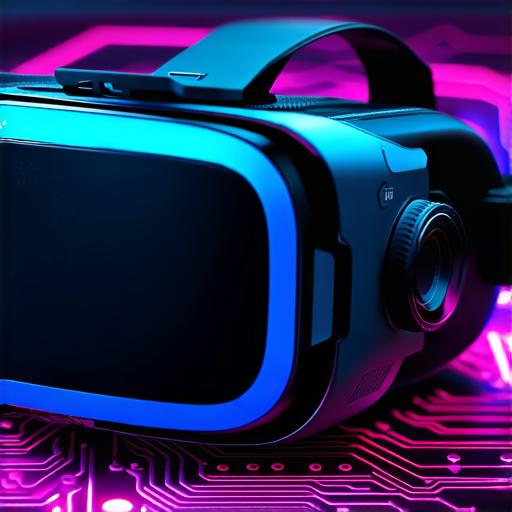
1. How do VR games minimize motion sickness?
VR games can minimize motion sickness by carefully designing the game world to reduce the disconnect between the player’s physical movements and the virtual environment. This includes using smooth camera movements, minimizing sudden changes in direction, and providing clear visual cues for the player.
1. What are some common development challenges faced by VR game developers?
Some common development challenges faced by VR game developers include motion sickness, performance optimization
